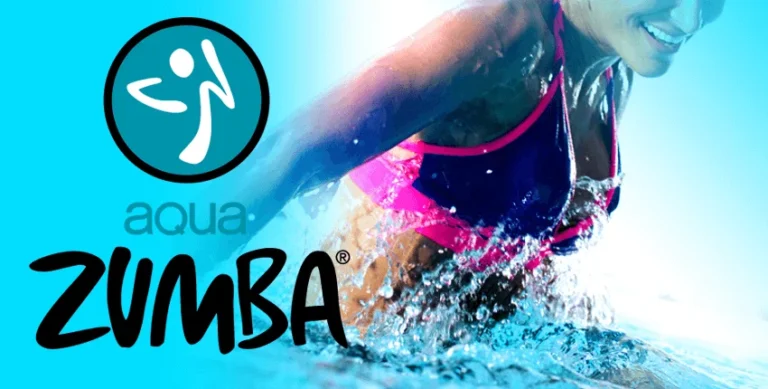Curious if ice baths are just a trend? Here’s what we discovered.
In recent years, the popularity of ice baths has surged, with athletes, fitness enthusiasts, and even celebrities swearing by their benefits. While some may dismiss them as just another wellness trend, the science behind ice baths reveals that they are more than just a fleeting fad.
Let’s explore the physiological and psychological aspects of ice baths and why they have become a staple in recovery routines and how they go beyond mere trendiness.
Ice Bath Basics
Ice baths, also known as cold water immersion or cryotherapy, involve submerging the body in cold water, typically ranging from 10 to 15 degrees Celsius (50 to 59 degrees Fahrenheit). This practice has been around for centuries, with cultures like the ancient Greeks using cold water to promote healing and recovery. However, it has gained renewed attention in modern times as a recovery tool for athletes and individuals seeking enhanced well-being.
To experience these cardiovascular benefits, you need to immerse yourself up to the top of your neck. For individuals who prefer staying dry from the waist down, it’s important to note that you may miss out on the full cardiovascular advantages that plunging can offer. Research indicates that the resting heart rate can decrease in real-time, potentially leading to a long-term improvement in heart rate variability.
The optimal duration for an ice bath can vary based on individual tolerance, fitness level, and specific goals. However, a commonly recommended duration for an ice bath is typically between 10 to 20 minutes.
If you’re a newcomer to cold immersion therapy, it’s recommended to start with a modest duration, aiming for a 3-minute session. Interestingly, even with this minimal effort, you can still reap significant benefits.
For those seeking to optimise recovery and enhance blood flow throughout the body, consider experimenting with contrast training. This involves alternating between a cold plunge and a sauna for approximately 3-6 rounds. As always, it’s crucial to consult with a physician before making any changes to your health and wellness routine.
So, what are the benefits?
Reducing Muscle Inflammation and Soreness
One of the primary reasons athletes turn to ice baths is their purported ability to reduce muscle inflammation and soreness. Intense physical activity, such as strenuous workouts or competitive sports, can lead to microscopic damage to muscle fibers, resulting in inflammation and soreness. Cold water immersion is believed to constrict blood vessels and decrease metabolic activity, which helps reduce swelling and tissue breakdown.
Scientific studies support these claims, indicating that ice baths may contribute to a faster recovery process by minimizing inflammation. The cold temperature is thought to act as a vasoconstrictor, slowing down blood flow and reducing the accumulation of metabolic byproducts associated with muscle fatigue.
Enhancing Muscle Recovery and Performance
Beyond the immediate relief from soreness, ice baths may play a role in enhancing overall muscle recovery and subsequent athletic performance. Cold exposure is believed to facilitate the repair and regeneration of muscle tissues, allowing athletes to bounce back quicker and perform at their best in subsequent training sessions or competitions.
Research suggests that the benefits of ice baths extend beyond the subjective feeling of relief, indicating improvements in muscle strength and power in individuals who regularly incorporate cold water immersion into their recovery routines. This suggests that the physiological changes induced by ice baths might contribute to long-term adaptations that positively impact athletic performance.
Modulating the Immune Response
Ice baths also seem to have an impact on the immune system. Intense exercise can temporarily suppress the immune system, making individuals more susceptible to infections. The anti-inflammatory effects of cold-water immersion may help modulate the immune response, preventing an excessive inflammatory reaction without compromising the body’s ability to defend against pathogens.
While more research is needed to fully understand the intricacies of this relationship, preliminary studies indicate that ice baths could play a role in maintaining immune function, especially in athletes who undergo rigorous training regimens.
Alleviating Stress and Improving Mental Well-Being
The benefits of ice baths aren’t limited to the physical realm; they also extend to mental well-being. Cold exposure has been linked to the release of endorphins, the body’s natural feel-good hormones. The shock of cold water triggers a stress response, leading to the release of these mood-boosting chemicals.
Additionally, the mental fortitude required to endure the discomfort of an ice bath can contribute to an increased sense of resilience and mental toughness. Many individuals report a sense of invigoration and improved mood after an ice bath, highlighting the potential psychological benefits of this practice.
Conclusion
Ice baths have evolved from ancient traditions to become a prominent tool in the arsenal of athletes and fitness enthusiasts alike. The scientific evidence supporting the benefits of cold-water immersion is compelling, showcasing its potential to reduce muscle inflammation, enhance recovery, modulate the immune response, and contribute to mental well-being.
While the popularity may be viewed as a trend by some, its physiological and psychological effects suggest that ice bath are more than just a fleeting fad. As our understanding of the intricate relationship between cold exposure and human physiology continues to grow, ice baths are likely to remain a valuable tool for those seeking to optimise their physical and mental well-being.




